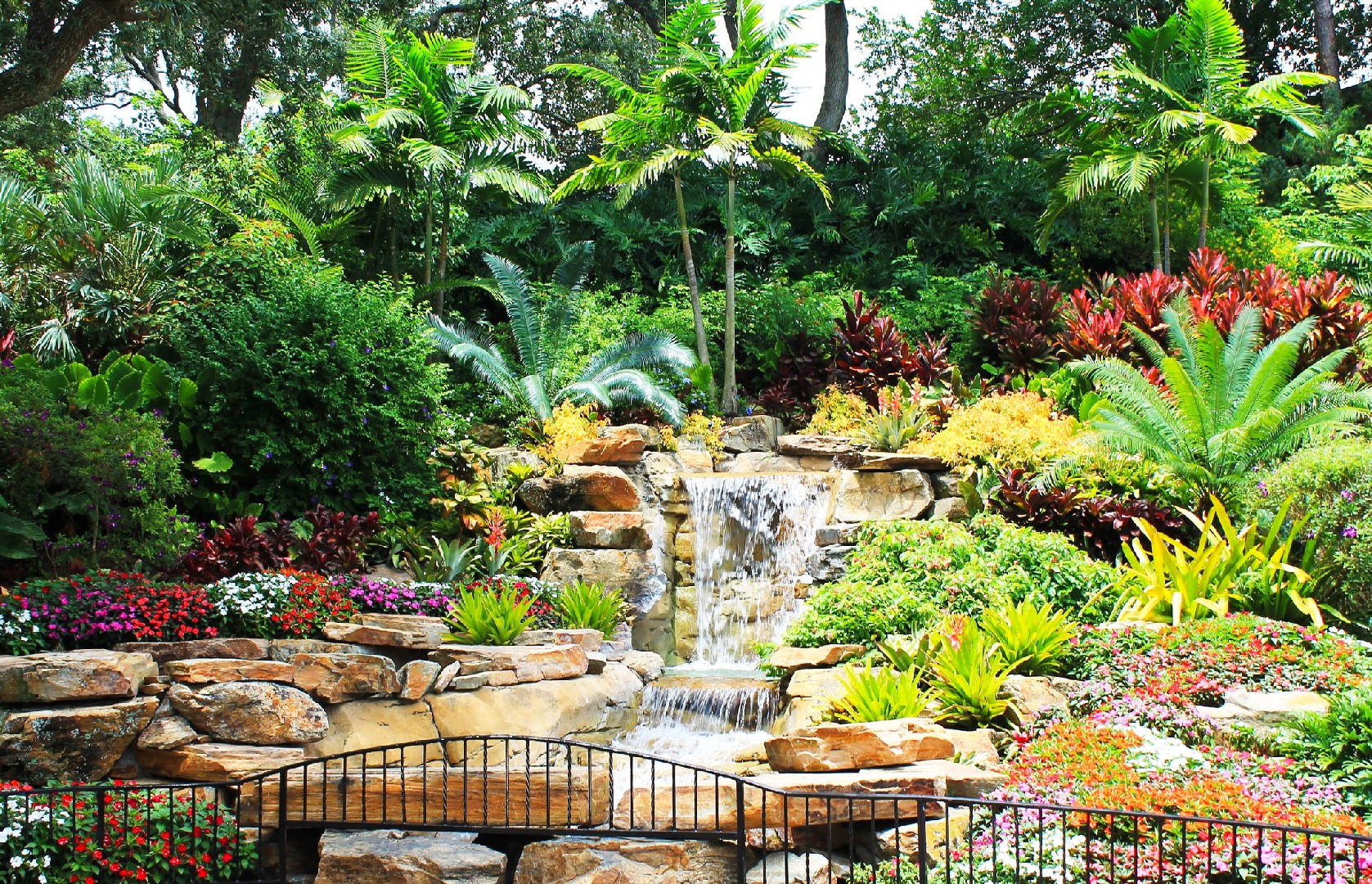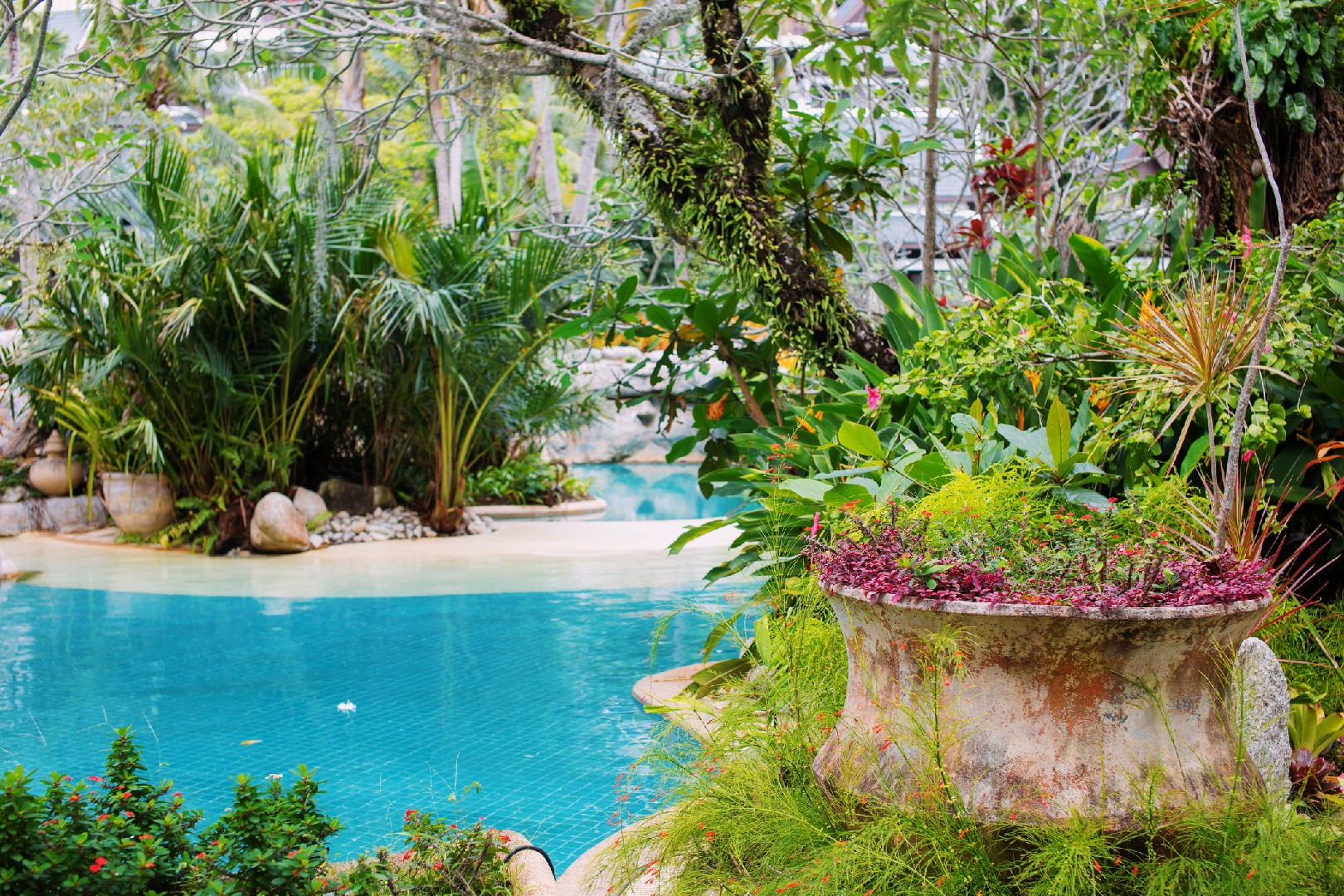![Rectangle]()
Experiences in Color: Influence of Color Psychology in Landscape Design
Color plays a vital role in our perception of the world around us. It has the power to evoke emotions, influence our mood, and even impact our overall well-being. In landscape design, understanding the psychological impact of different colors is crucial for creating spaces that promote positive experiences for users.
When it comes to using color in outdoor environments, designers employ the principles of color psychology to enhance the overall atmosphere and influence users' experiences. One of the key aspects of color psychology is the concept of warm and cool colors. Warm colors, such as reds, oranges, and yellows, are known to evoke feelings of warmth, energy, and excitement. On the other hand, cool colors, such as blues, greens, and purples, are associated with tranquility, relaxation, and calmness.
Designers utilize this knowledge to create landscapes that align with the desired mood or ambiance. For example, a vibrant and energetic garden may incorporate a mix of warm colors to create a lively and stimulating environment. This can be achieved through the careful selection of flowering plants, colorful foliage, and decorative elements.
In contrast, a serene and tranquil space may feature a predominantly cool color palette. This can be achieved through the use of calming blues and greens in the form of water features, foliage, and hardscape materials. These colors have a soothing effect on the mind and can create a sense of calm and tranquility.
Another innovative approach to landscape design is the concept of 'mood landscaping.' This involves utilizing a range of colors strategically to evoke specific moods or emotions. For instance, a yellow-themed garden can create a joyful and uplifting atmosphere, while a purple-themed garden can evoke a sense of opulence and luxury.
To implement these color psychology principles effectively, landscape designers need a thorough understanding of color theory, as well as intuition and creativity. They must consider factors such as the surrounding environment, lighting conditions, and the intended purpose of the space.
If you're looking to incorporate color psychology into your own landscape design, here are some practical tips to consider. Firstly, start by identifying the mood or emotion you want to evoke in your outdoor space. Then, select colors that align with that desired mood. Experiment with different color combinations and consider the specific hues, shades, and tints that best convey the intended atmosphere.
Additionally, pay attention to the spatial arrangement of colors. Consider how different colors interact with each other and how they can create visual harmony or contrast. For example, complementary colors, such as red and green or blue and orange, can create a dynamic and visually striking effect.
Lastly, don't be afraid to seek inspiration from nature itself. Take a walk in a botanical garden or visit local parks to observe how colors are used in landscape design. By studying real-life examples, you can gain valuable insights and inspiration for your own projects.
In conclusion, color psychology is a powerful tool that landscape designers utilize to create engaging and impactful outdoor spaces. By understanding the psychological impact of different colors and employing them strategically, designers can shape the experiences of users, promoting well-being and enhancing the overall ambiance of landscapes. Whether you're a homeowner looking to create a serene backyard retreat or a designer working on a large-scale public project, incorporating color psychology can add depth and meaning to your landscape design. So, embrace the healing hues and embark on your own colorful journey of well-being!





